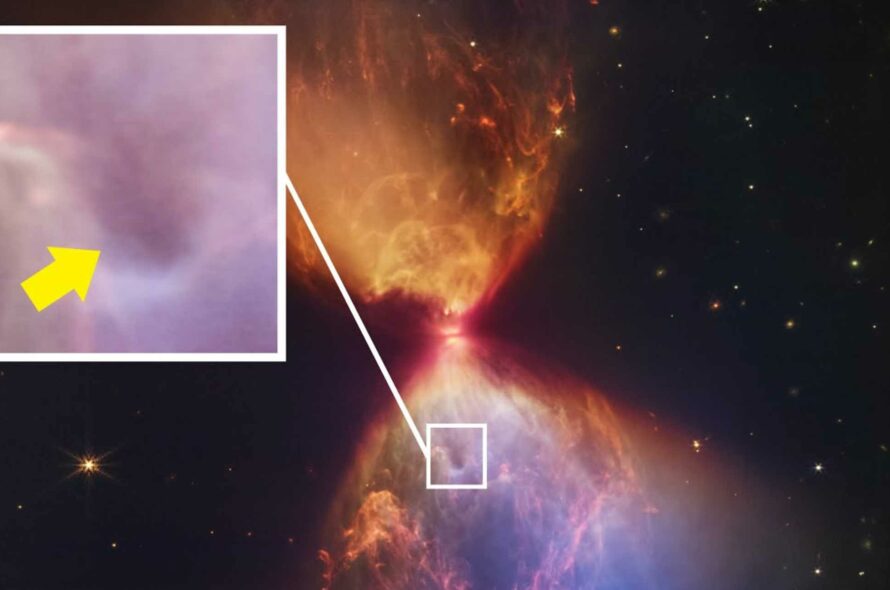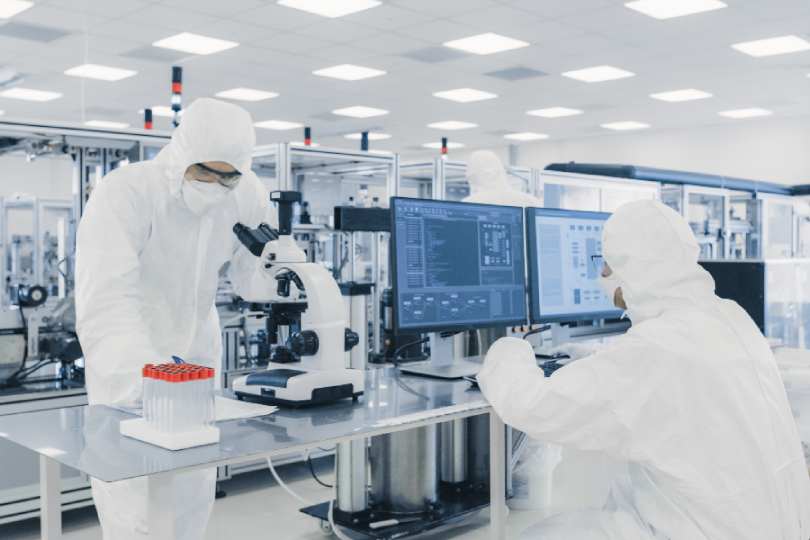Excitons, or particle pairs made of an electron bound to an electron hole, can form when some semiconductors absorb light. Exciton states unique to tungsten disulfide (WS2) crystals in two dimensions cannot be found in other materials. However, these states last only a short time and can change very quickly.
A novel method for creating distinct images of these individual quantum states has been developed by scientists. Researchers demonstrated, by following the individual quantum states, that the coupling mechanisms that result in the mixing of the states may not fully correspond to existing theories.
Due to the fact that, despite only having a few atoms of thickness, transition metal dichalcogenides—the family of crystals that includes tungsten disulfide—absorb light with remarkable force—they have scientists excited. These crystals could be used to construct new electronic sensors or nanoscale solar cells. Researchers are now better able to follow the transitions between various exciton quantum states thanks to a new method known as time-resolved momentum microscopy. Because this method can be used on a lot of different things, scientists can now use momentum to see how other next-generation materials and devices work.
Under various conditions, monolayer transition metal dichalcogenides (TMDs) like WS2 can form a variety of light-induced exciton states. Different exciton states can form or persist by varying the crystal’s temperature, exciting light power, or wavelength. Excitons with a particular quantum spin configuration can be selectively produced in a particular set of energy bands when light is circularly polarized, where the electric field’s direction revolves around the light wave’s path.
A one-of-a-kind instrument has been created by researchers at Stony Brook University to directly observe this effect under a variety of ultrafast light excitation conditions and decipher the potentially complex mixture of quantum states.
These new findings, which were published in Physical Review Letters, demonstrate that the force that holds the exciton’s electron and electron hole together also plays a role in the extremely rapid coupling, or mixing, of the various exciton states. The researchers demonstrated that this effect preserves momentum and energy during coupling while allowing excitons with different spin configurations to mix.
Surprisingly, the findings demonstrated that, contrary to what had been anticipated, the exciton energies had no bearing on the rate of exciton mixing. Some current theories of exciton coupling in TMDs are supported experimentally by this study, which also sheds light on significant discrepancies. A crucial step in utilizing TMDs’ potential for quantum sensing and nanotechnology is comprehending how these exciton states interact with one another.
Disclaimer: The views, suggestions, and opinions expressed here are the sole responsibility of the experts. No Idea Scope Analytics journalist was involved in the writing and production of this article.






